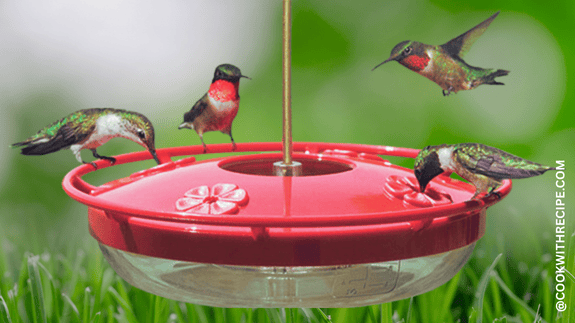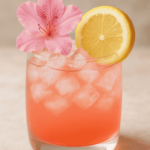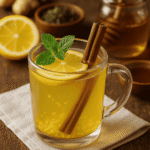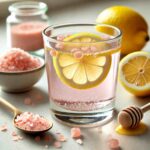Introduction: Why Hummingbirds Love Homemade Nectar
If you’re looking to invite vibrant, fluttering visitors to your garden, nothing works better than a simple, natural hummingbird nectar recipe. Unlike commercial mixes that may contain dyes and preservatives, homemade hummingbird food recipes are safe, affordable, and mimic the real thing—nectar from flowers.
In this ultimate guide, we’ll walk you through how to make hummingbird nectar at home using just two simple ingredients, all while ensuring it meets the highest standards of safety and nutrition for your tiny feathered friends.
What Is Hummingbird Nectar ?
Hummingbird nectar is a sugar-water solution that mimics the natural nectar found in flowers, which hummingbirds rely on for energy. It’s NOT the same as honey or fruit juice. The goal is to create a clean, balanced nectar that helps support these pollinators without harming them.

Hummingbird Nectar Recipe
Equipment
- 1 medium saucepan – for boiling water
- 1 measuring cup – for accurate sugar-to-water ratio
- 1 spoon or whisk – for stirring the solution
- 1 funnel (optional) – for cleanly filling the feeder
- 1 hummingbird feeder – clean and ready to fill
- 1 glass storage container – for leftover nectar
Ingredients
- 1 cup white granulated sugar – do not substitute with honey or brown sugar
- 4 cups filtered water – boiled for safety and purity
Instructions
- In a saucepan, bring 4 cups of water to a boil.
- Remove from heat and immediately stir in 1 cup of sugar.
- Mix until the sugar is completely dissolved.
- Let the nectar cool to room temperature.
- Use a funnel to pour the nectar into your clean hummingbird feeder.
- Store any leftover nectar in a sealed glass container in the refrigerator for up to 7 days.
Notes
Why This Hummingbird Food Recipe Works Best
This hummingbird nectar recipe follows the optimal 4:1 water-to-sugar ratio, which closely resembles the sugar content in real flower nectar. It’s both energy-rich and safe for daily feeding.
No dyes
No additives
100% bird-safe
How Often Should You Change Hummingbird Nectar?
To prevent fermentation and mold growth:
| Temperature | Change Every |
|---|---|
| Below 70°F (21°C) | Every 4-5 days |
| 70–85°F (21–29°C) | Every 2-3 days |
| Over 85°F (29°C) | Daily |
Pro Tip: Always clean your hummingbird feeder with hot water (no soap) between refills.
Common Mistakes to Avoid
- Using honey or raw sugar – It can ferment and harm birds.
- Adding red food coloring – It’s unnecessary and potentially toxic.
- Letting nectar spoil – Fermented nectar can cause illness.
How to Attract More Hummingbirds to Your Garden
Boost the effectiveness of your hummingbird food recipe with these tips:
- Plant native nectar-rich flowers (like bee balm, trumpet vine, or salvia).
- Place multiple feeders in different locations to reduce territorial fights.
- Use bright red feeders to catch their attention naturally.
How to Store Homemade Hummingbird Nectar
Store extra nectar in a clean, airtight glass container in the fridge. It will stay fresh for up to 7 days. Always label the date and inspect for cloudiness before reuse.
Final Thoughts: Make Your Garden a Hummingbird Haven
Creating your own hummingbird nectar recipe is one of the simplest and most rewarding ways to enjoy nature right in your backyard. With the correct sugar-to-water ratio, clean feeders, and some thoughtful placement, you’ll have hummingbirds flocking to your garden in no time.
Remember—consistency, cleanliness, and natural ingredients are the keys to keeping your visitors healthy and happy.
Ready to transform your backyard into a hummingbird paradise? Start by mixing up this perfect hummingbird food recipe today!









